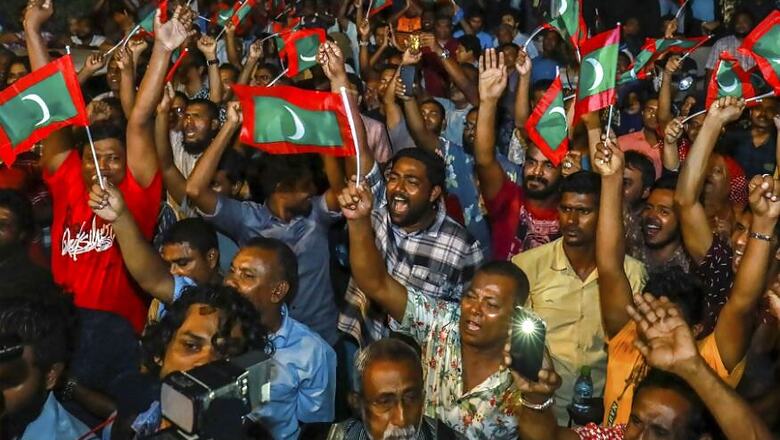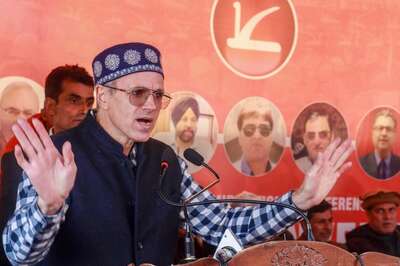
views
New Delhi: Back in 1988, when the Abdul Gayoom government in Maldives was threatened by a coup, India’s then prime minister Rajiv Gandhi sent an IL-76 full of troops and supplies, telling the commander of that mission, “Gayoom is India’s man in the Indian Ocean. We can’t afford to lose him."
That intervention by India through Operation Cactus saved the Gayoom government which ruled Maldives for another 20 years.
Today, India finds itself in a similarly precarious situation with the current Maldives government of Abdullah Yameen imposing a 15-day emergency and arresting judges of the Supreme Court after the court ordered the release of about a dozen political prisoners, including former president Mohammad Nasheed.
Nasheed made an impassioned plea on Tuesday to India to send “an envoy backed by the Army to rescue the Supreme Court judges and political detainees."
India realises that while it is the biggest military power in the region and its intervention could decisively change the power dynamics in Maldives, it is also extremely aware how difficult the military option is in this day and age.
Any kind of military intervention will lead to a ganging up of countries, led by China and Pakistan, at the United Nations to save the Yameen regime. In the post-Cold War era, direct military interventions have been messy even for the US, the world’s biggest military power, as is the case in both its wars in Iraq and Afghanistan. Also, India’s last military intervention in Sri Lanka with the Indian Peacekeeping Force didn’t exactly end in glory.
India has no love lost for President Yameen. In fact, Maldives is the only neighbour that Prime Minister Narendra Modi has not visited since he assumed office in 2014.
At last count, he had visited more than 60 countries, including many where an Indian Prime Minister had never landed, for the very first time. Just last month in an ice-breaker of sorts, Maldives Foreign Minister Mohamed Asim was in India and had met Modi and External Affairs Minister Sushma Swaraj, assuring them there is no change in his country’s ‘India First’ policy.
But this felt like empty rhetoric because just a month before Asim’s visit, his country signed a Free Trade Agreement with China; that too without necessary approvals from its parliament or the Majlis.
For India, the increasing Chinese footprint in Maldives and the wider Indian Ocean Region is a matter of grave concern. Apart from the FTA, China is already building infrastructure in Maldives, including an ambitious under-sea tunnel to connect the two biggest islands there, Male and Hulhumale, at a cost of over $100 million.
Maldives was the first South Asian country that Chinese President Xi Jinping visited in September of 2014 just before his first visit to India. Maldives was one of the first countries in South Asia to join Xi’s ambitious One Belt, One Road (OBOR) initiative.
The best option for India would be a combination of international sanctions with the help of both the US and Saudi Arabia, which has increasingly close ties to the Yameen regime through its Sunni-Wahabi connections.
Already, major countries, including India and China, have issued travel advisories for their citizens. Tourism contributes about a third of Maldives’ economy and almost two-thirds of its foreign exchange receipts. If and when sanctions kick in, the Yameen regime will begin to feel the bite. Until then, it’s going to be sailing in choppy waters for India in the Maldives.


















Comments
0 comment